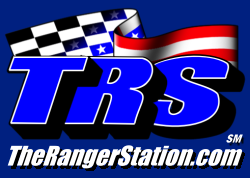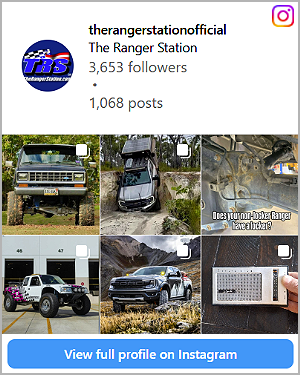holyford86
Some guy with a problem
⭐Supporting Member
💻 TRS Socials
Article Contributor
Boosted (Not Stock)
GMRS Radio License
- Joined
- Aug 6, 2007
- Messages
- 2,457
- Points
- 3,101
- Age
- 39
- City
- Plattsburgh
- State - Country
- NY - USA
- Vehicle Year
- many
- Vehicle
- Ford Ranger
- Drive
- 4WD
- Engine
- 4.0 V6
- Transmission
- Manual
- Total Lift
- 7
- Tire Size
- 33x12.50R15
Same here, now if I see things I may need in the future I just buy them if I can afford them, because I'll need it or someone else will. When the shifter boots alone can sell for almost what I paid for a whole truck it makes it a hard deal to pass up sometimes.The junk I walked past in JY's in years past...
I vividly remember the manual 1354 laying beside the truck I harvested my bucket seat brackets from. I didn't try it but the thing was very clean, almost looked brand new. "That is a shame, I have a V8 swap now. It is of no use to me"
Now I have a '91 with an electric t-case...
I've still got a couple 1350s, including an oddball fixed front yoke case which will end up in a b2 project someday if I ever get around to it.I had a whole bunch of manual 1350's at one point because a significant majority of 1st gen trucks came with them. I used most of them up on project trucks that came to me with manual 1354's... keep the good parts and send the truck down the road with a perfectly functional but not quite right 1350. Kind of like FM146 swapping Explorers that had bad M5OD's...These days it's hard to find any 1st gen to part out, let alone a 4x4 one with a manual t-case.
The Behemoth deal is really great because you don't need to hack up a good manual t-case and you can use planetaries from an electric shift one. If a guy has a handful of manual 1354's, pretty easy decision to sell a couple and fund the entire Behemoth setup.
I've also got a pile of 1354 electric cases, because other than the shifter assembly and front case half, everything is identical. The behemoth deal is attractive to me because of both the fact it uses parts that are still relatively easy to get, doesn't take up a ton of space and uses the oiling system already present in the case are all attractive things to me
I had a home made 1350 doubler that I bought used off of marketplace, then went through it and repaired the shortcomings and issues it had, chewed on it a while then decided to sell it to a member here because of the space it took up and such, I wonder if it's still alive, haha.













